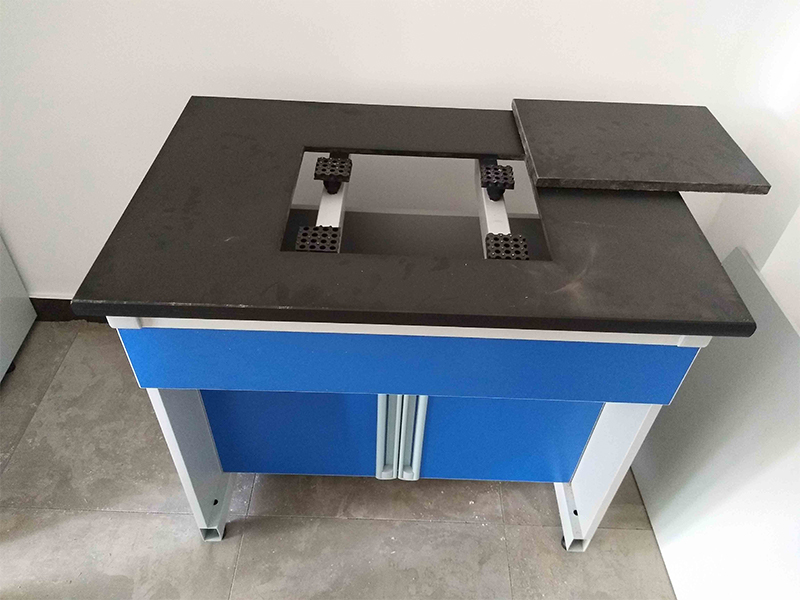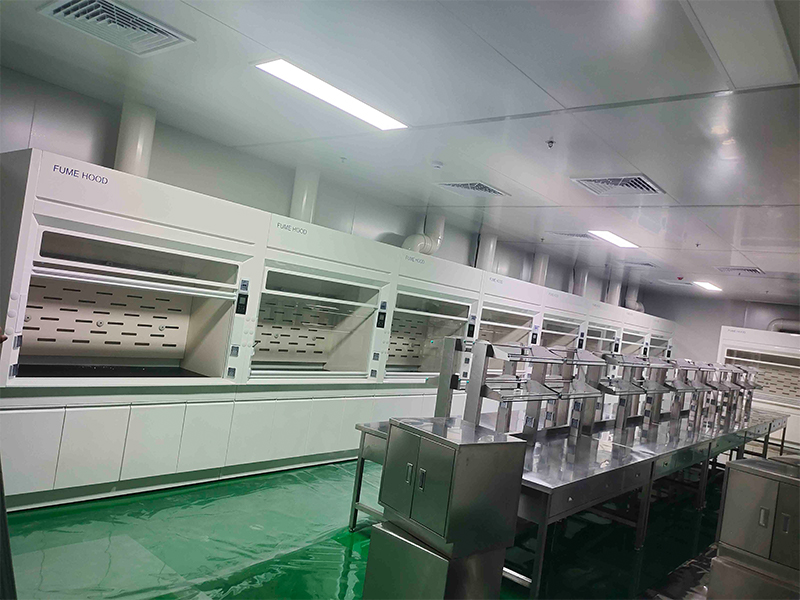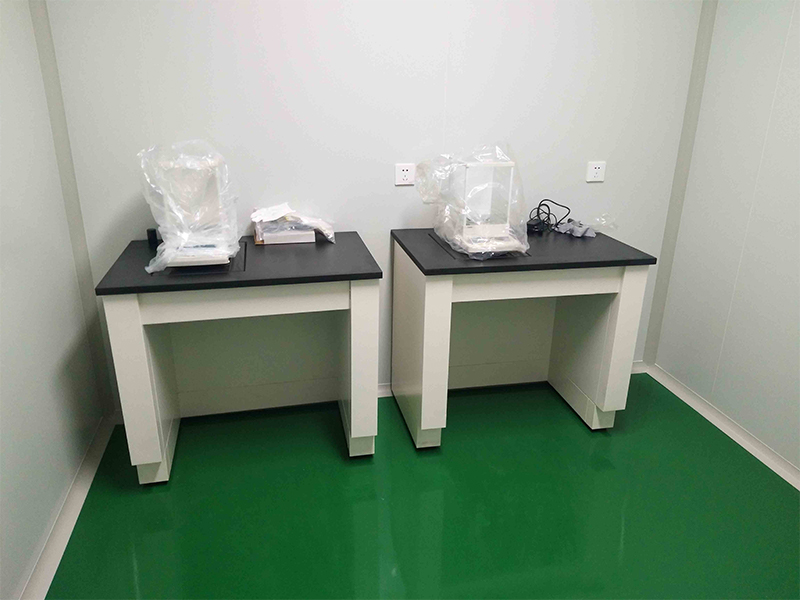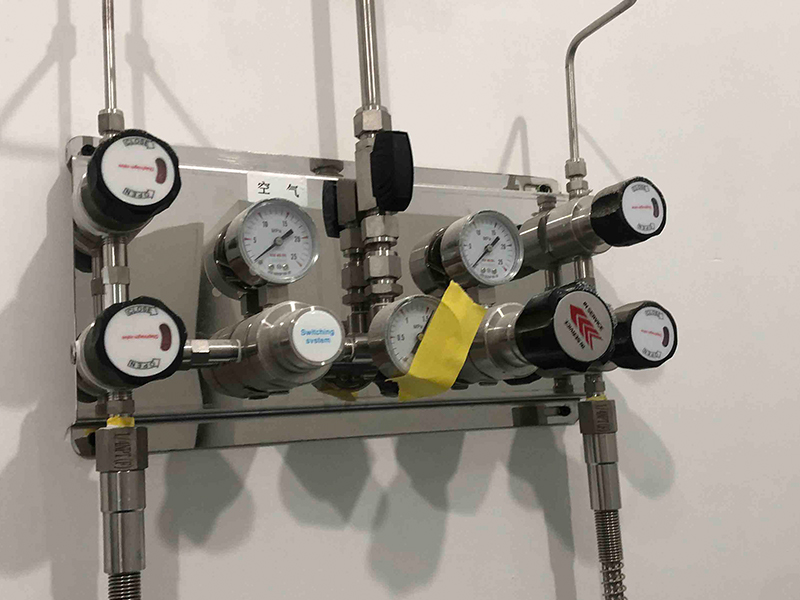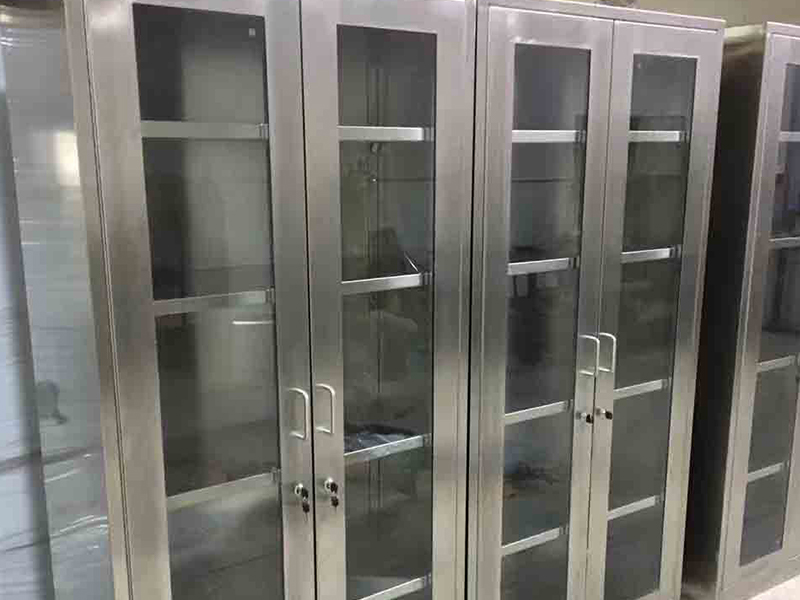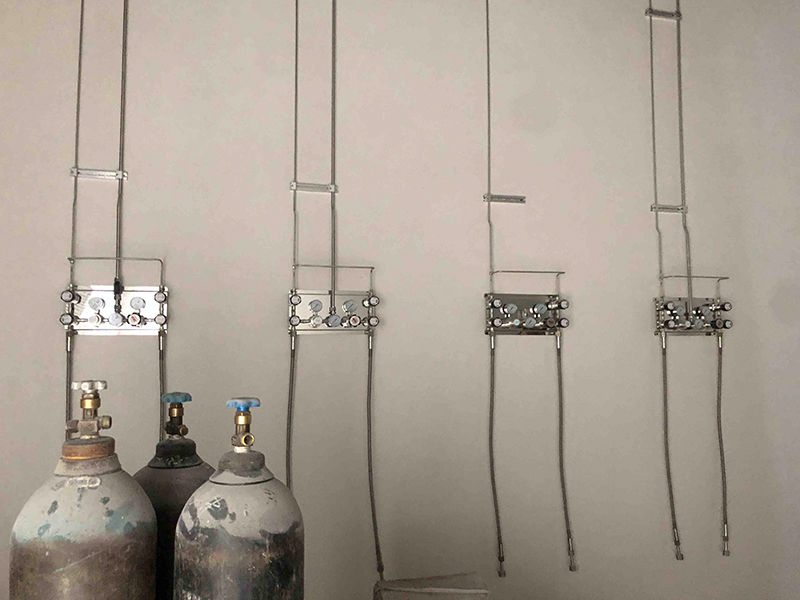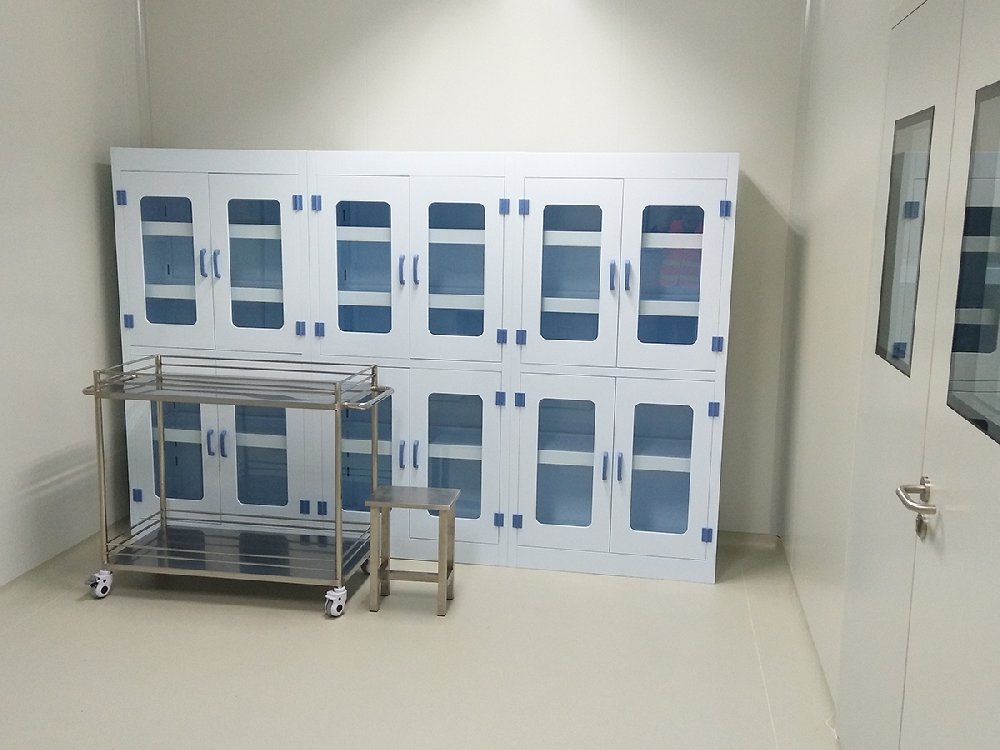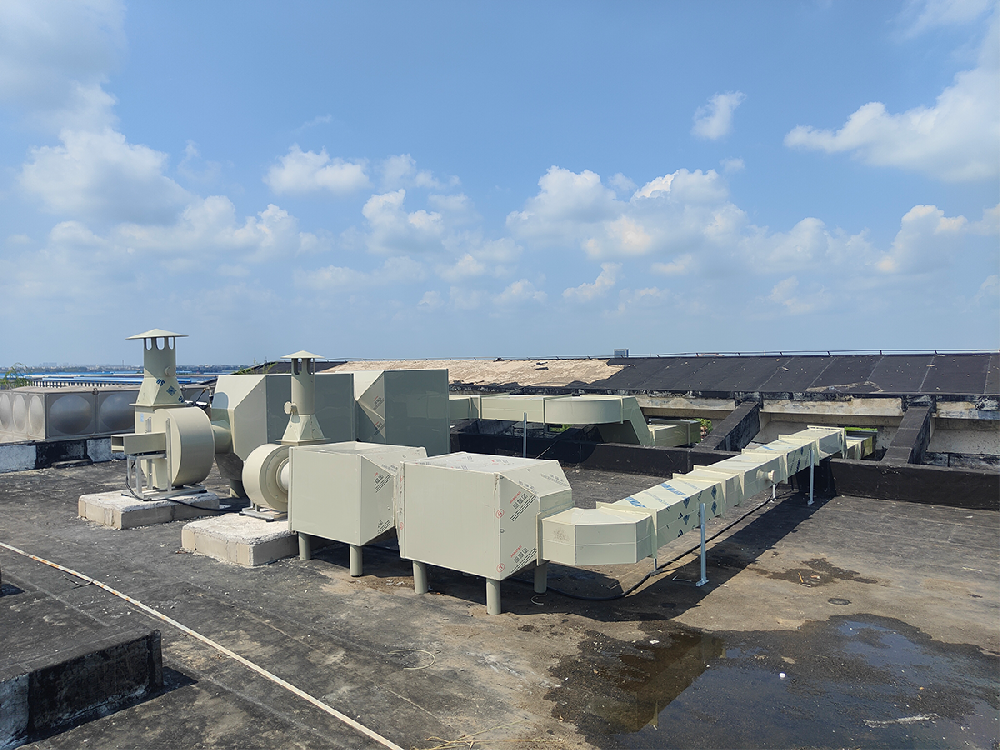Let’s be real: picking the right Lab Balance Bench is a bigger deal than most people think. You want stability and durability, obviously. No one’s dropping thousands on fancy lab gear just to have a rickety table mess with measurements. Now, steel benches? Those things are basically indestructible. They laugh in the face of corrosion and last way longer than you’d expect—perfect for labs where stuff gets chaotic or you’re dealing with aggressive chemicals all day. Wood benches, on the other hand, they’ve got that classic, almost academic vibe. Usually cheaper, yeah, but you have to baby them a bit more—don’t even think about going full Breaking Bad with harsh chemicals on those.
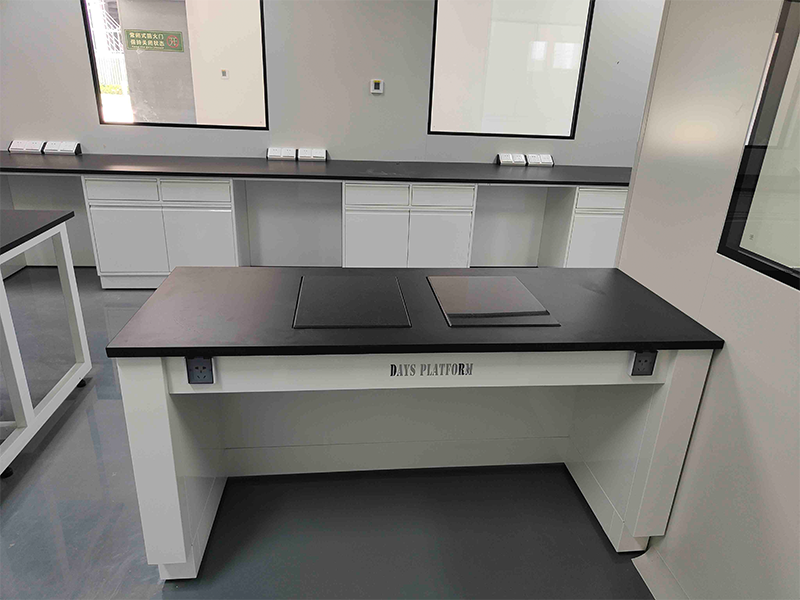
Composites are the new kid on the block. Surprisingly tough for how light they are, plus they shrug off most chemicals like it’s nothing. Great if you need to move stuff around or you’re running a space that’s always changing gears. Getting the material right isn’t just about looking good; it’s about making sure your balances aren’t off because of a shaky bench or random vibrations. Also, nobody wants to replace benches (or instruments!) because of dumb mistakes, right?
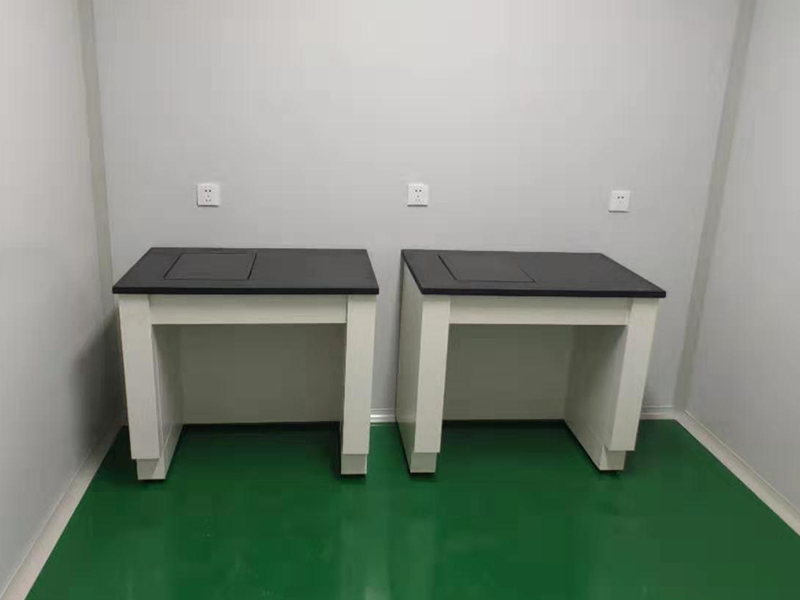
Splashing out a bit on a quality bench that actually fits your lab’s needs pays for itself—not to mention, keeps things safer and way more efficient. Bottom line? If you care about precision, keeping your research solid, and not burning money on replacements every few years, don’t sleep on the materials. It kinda sets the whole tone for your lab.
